Heat Recovery from Exhaust Gas
Product Details:
- Type Industrial
- Click to View more
Heat Recovery from Exhaust Gas Price And Quantity
- 500000.00 - 100000.00 INR/Number
- 1 Number
Heat Recovery from Exhaust Gas Product Specifications
- Industrial
Heat Recovery from Exhaust Gas Trade Information
- 10 Number Per Year
- 15-20 Days
Product Description
In exhaust gas systems, an advanced Heat Recovery Unit (HRU) is crucial for optimizing energy efficiency, especially in industries with high-temperature combustion processes, such as steelmaking, power generation, and chemical manufacturing. Exhaust gases, which are often vented at elevated temperatures, carry a significant amount of waste heat. An HRU captures this thermal energy through heat exchangers or economizers, repurposing it for various downstream applications.
One of the primary uses of recovered exhaust gas heat is for pre-heating combustion air, which directly improves combustion efficiency by reducing the energy required to heat the air initially. In more complex systems, this heat can be used to generate steam, which can be integrated into cogeneration (CHP) systems, or for driving other industrial processes, such as drying or distillation.
Furthermore, high-temperature HRUs may also employ techniques like recuperation or regeneration, particularly in high-demand sectors, to optimize the thermal gradient. By implementing this technology, industries can achieve significant reductions in fuel consumption, decrease operational costs, and lower carbon emissions, contributing to sustainability goals.
The integration of HRUs in exhaust gas systems also extends the lifespan of downstream components by reducing thermal stresses and wear, contributing to better overall plant reliability and performance.
FAQs on Heat Recovery from Exhaust Gas
1. What is heat recovery from exhaust gas?
Heat recovery from exhaust gas captures waste heat from industrial processes or engine exhaust gases and reuses it to improve energy efficiency and reduce operational costs.
2. How does heat recovery from exhaust gas work?
Heat recovery systems use a heat exchanger to transfer heat from hot exhaust gases to another medium, like water or air, which can then be reused for heating or other processes in the facility.
3. What are the benefits of heat recovery from exhaust gas?
- Energy Savings: Reduces energy consumption by reusing waste heat.
- Cost Reduction: Lowers fuel and energy costs by utilizing recovered heat.
- Environmental Benefits: Reduces emissions and environmental impact.
- Improved Efficiency: Boosts overall system and process efficiency.
4. What types of heat exchangers are used for exhaust gas heat recovery?
Common types include:
- Shell and Tube Heat Exchangers: Ideal for high-temperature gases.
- Plate Heat Exchangers: Compact and highly efficient.
- Rotary Heat Exchangers: Use rotating components to transfer heat.
- Economizers: Specially designed for recovering heat from flue gases in boilers.
5. What industries benefit from exhaust gas heat recovery?
Industries like:
- Power Plants: Recover heat from turbines and boilers.
- Chemical Plants: Reuse heat from chemical processes.
- Automotive Industry: Recover heat from vehicle exhaust systems.
- Cement and Steel Production: Capture heat from exhaust gases in kilns and furnaces.
6. What factors should be considered when designing a heat recovery system?
- Exhaust Gas Temperature: Higher temperature exhaust gases provide more recoverable heat.
- Exhaust Gas Composition: Consider corrosive elements in the gases that may affect the heat exchanger material.
- System Efficiency: Ensure the heat exchanger is designed for optimal heat recovery.
- Available Space: Fit the system within the facilityïs space and layout.
7. How much heat can be recovered from exhaust gases?
The amount of heat recovered depends on the exhaust gas temperature, system efficiency, and the type of heat exchanger used. Efficient systems can recover a significant portion of the waste heat, improving overall energy efficiency.
8. How does heat recovery contribute to sustainability?
By reusing waste heat, heat recovery systems lower energy demand and reduce greenhouse gas emissions, contributing to sustainable and environmentally-friendly industrial operations.
9. What maintenance is required for exhaust gas heat recovery systems?
- Regular Inspections: Check for corrosion or buildup in the heat exchanger.
- Cleaning: Keep heat exchanger surfaces clean to maintain efficiency.
- Monitoring: Regularly monitor the systemïs performance to ensure consistent heat recovery.
10. Can heat recovery systems be integrated into existing operations?
Yes, heat recovery systems can be retrofitted to existing industrial processes or engines to enhance energy efficiency without major disruptions to the current setup.

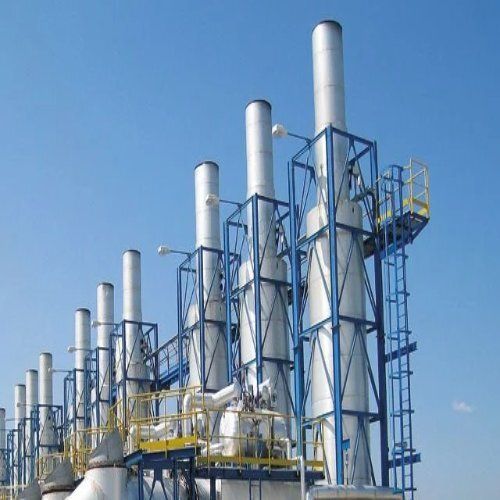
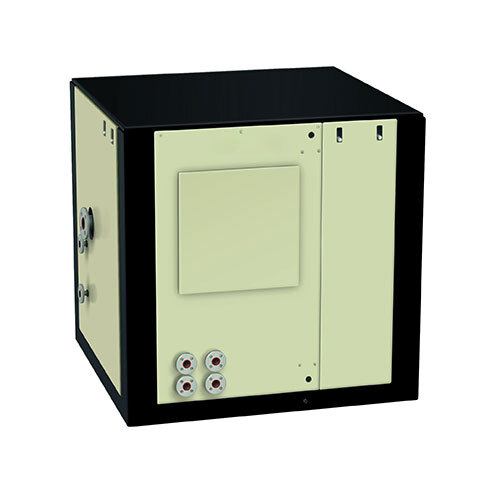
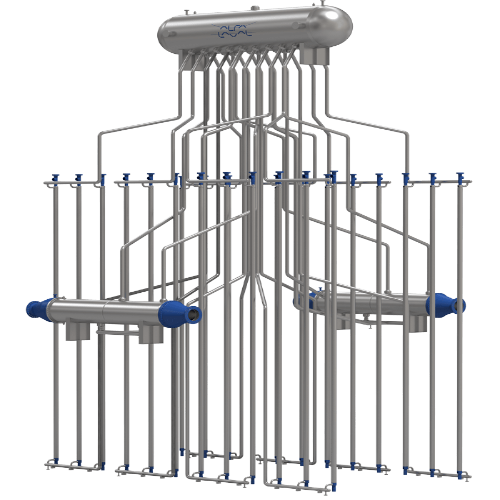
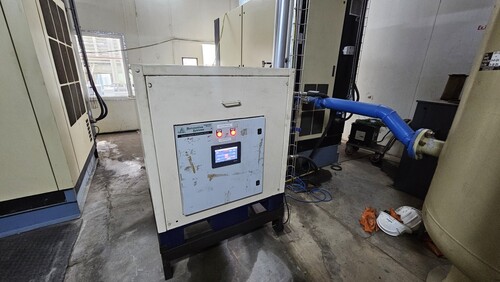
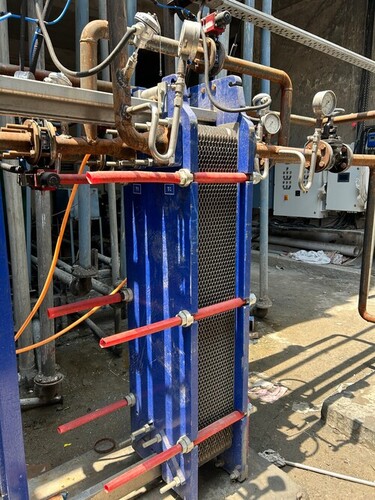


 Send Inquiry
Send Inquiry Send SMS
Send SMS Call Me Free
Call Me Free